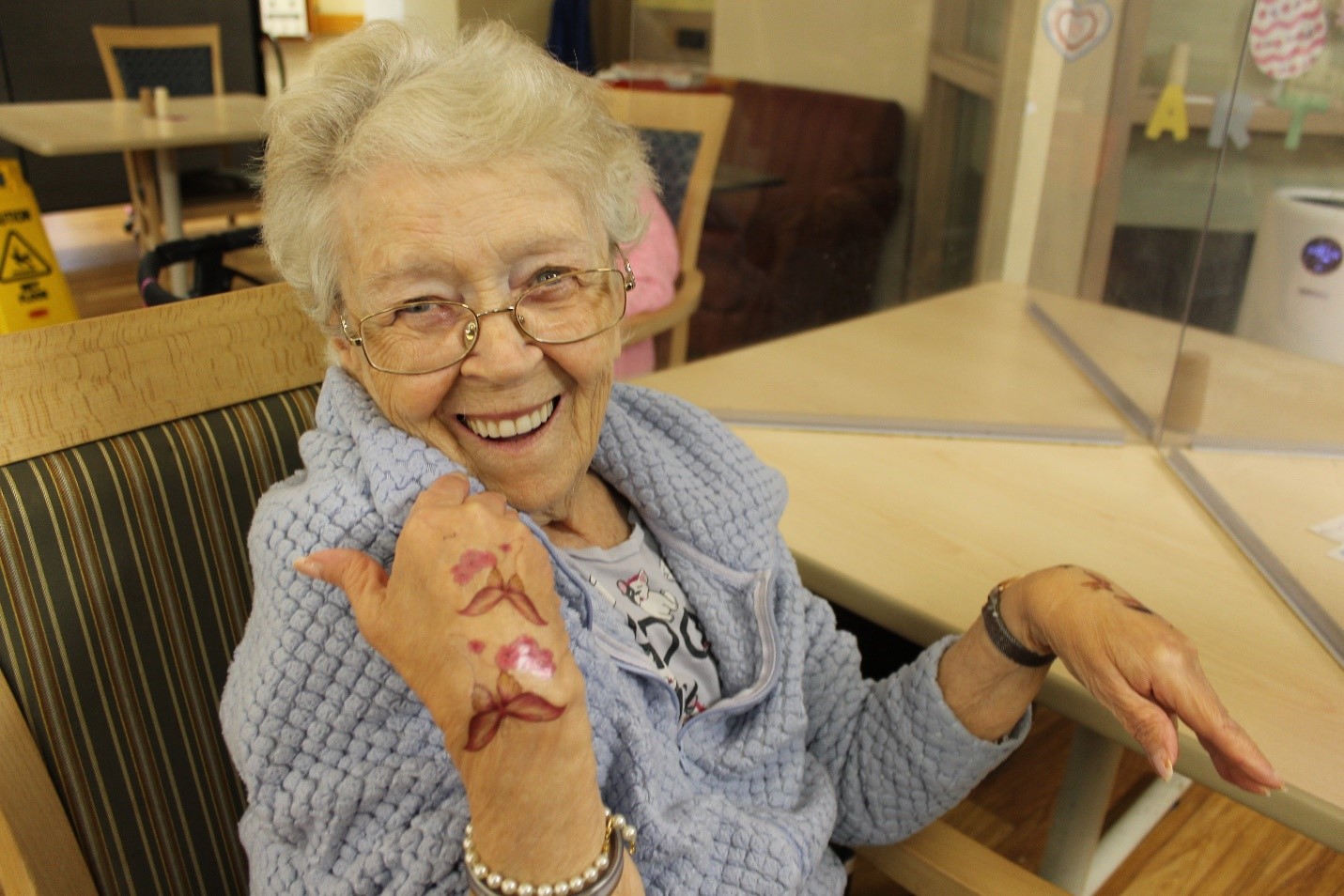
Sherbrooke Village in Saskatoon where the Eden Alternative was implemented
That’s exactly what residents are doing in the long-term care home at the Sherbrooke Community Centre in Saskatoon. The home has followed the Eden Alternative for over 20 years.
“Our whole purpose is to create a community where people thrive,” Schmidt told White Coat, Black Art host Dr. Brian Goldman. “Different from an institution where people are meant to die.” Click here to read more
Amongst the many programs offered is the iGen, an intergenerational classroom where students and residents exchange wisdom and knowledge with each other Monday through Friday.
This program and others at Sherbrooke work to “alleviate the plagues of the human spirit” one senior — or elder, as they are called here — at a time, said CEO Kim Schmidt. These plagues are loneliness, boredom and helplessness.
This home has 263 residents, 15 of whom are indigenous, and over 60% of the residents have dementia.
Ontario needs more homes where residents thrive in a place that looks and feels like home, not an institution.
Please help make this transformation a reality by forwarding this post to your contacts or by sharing on your Facebook, Twitter or Instagram accounts.









